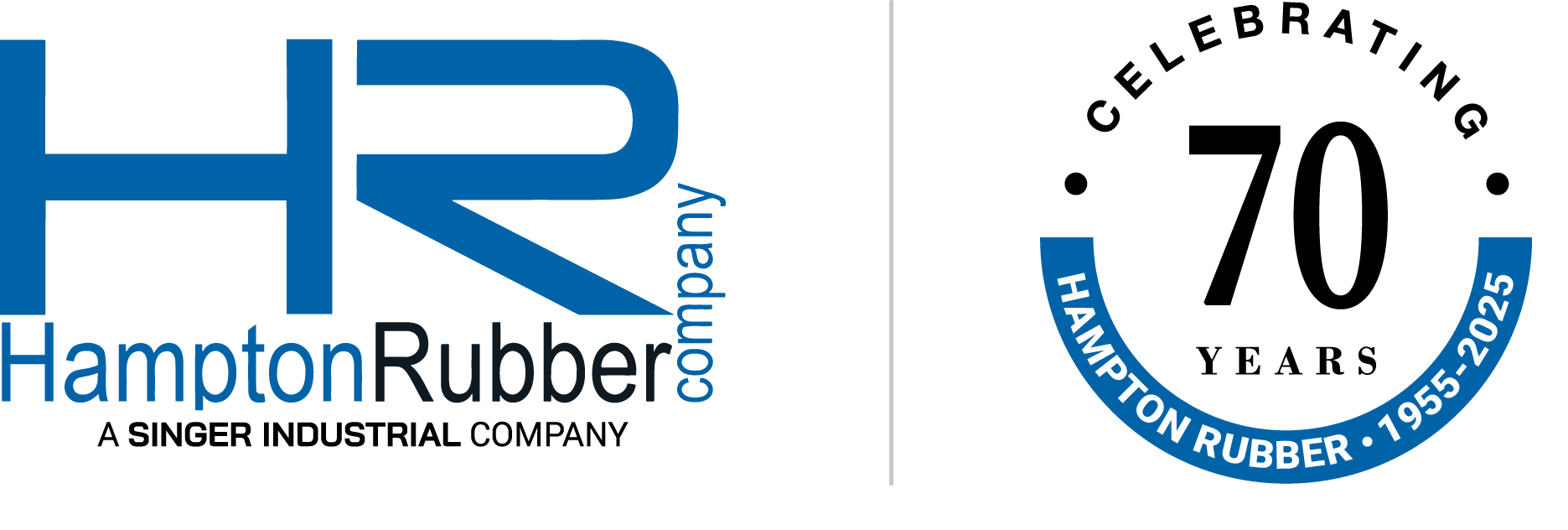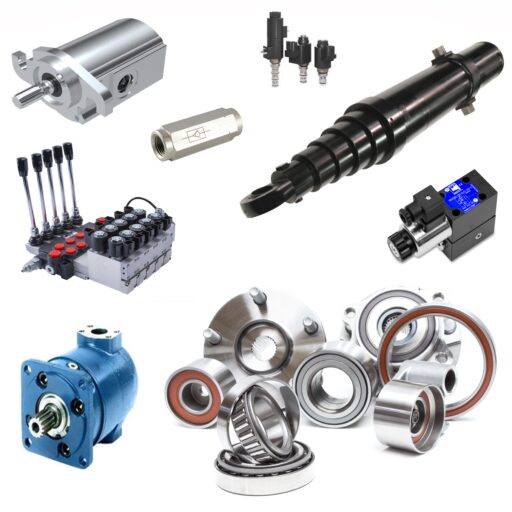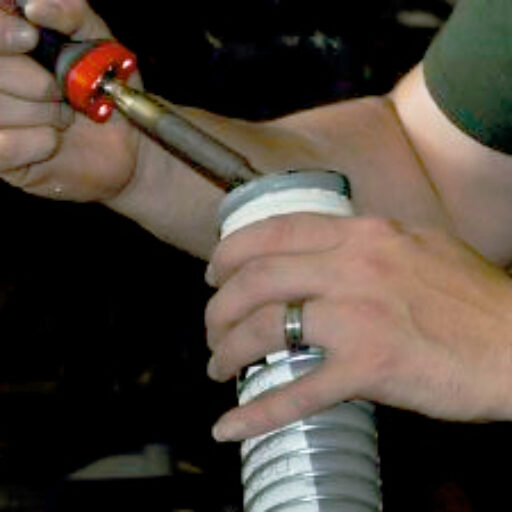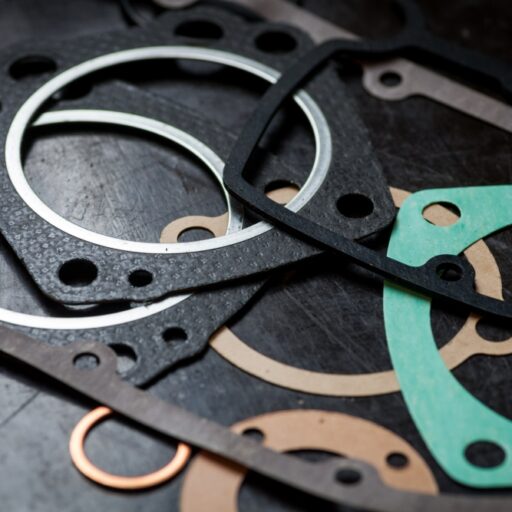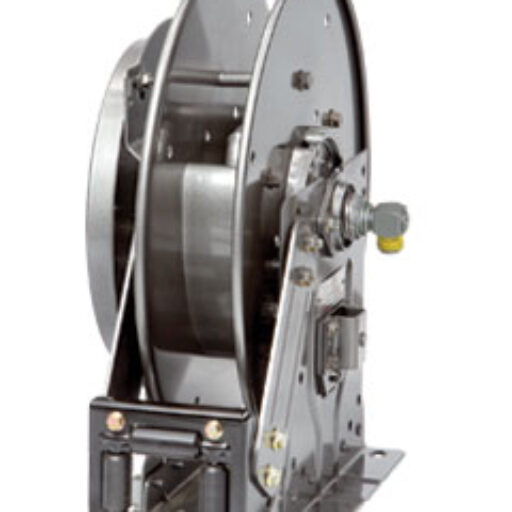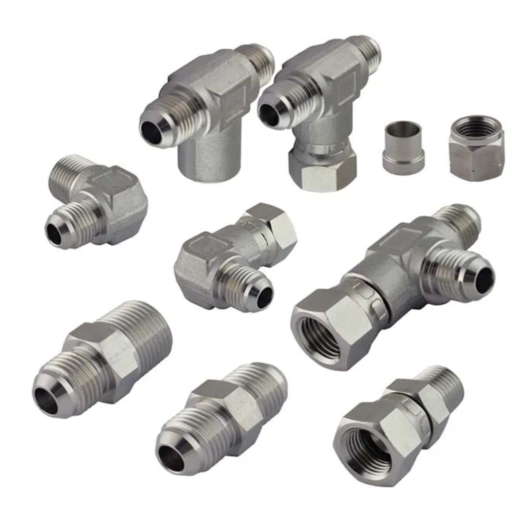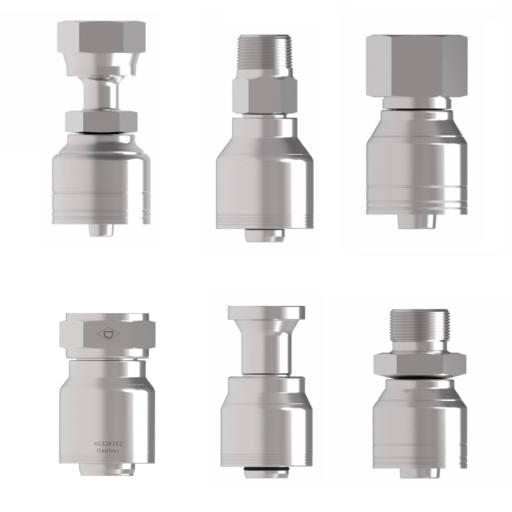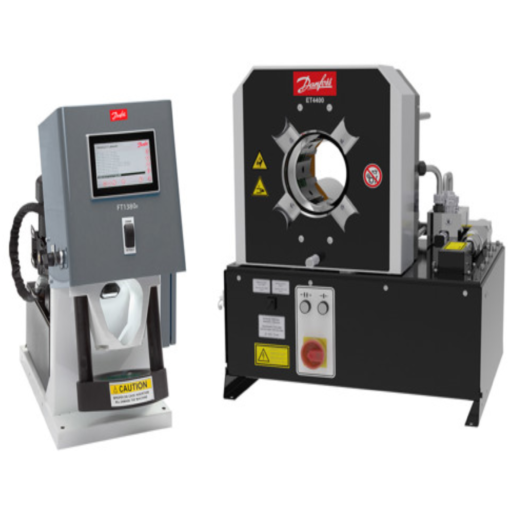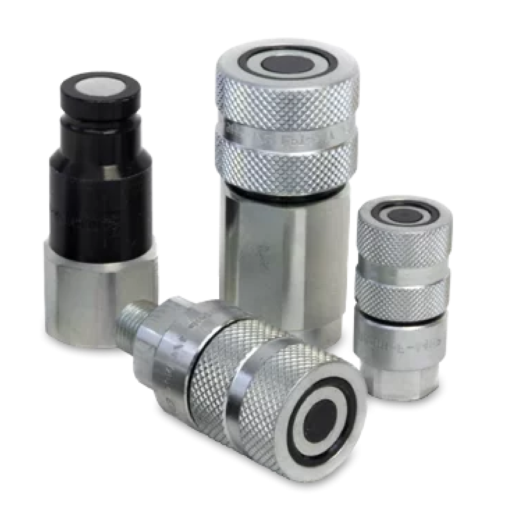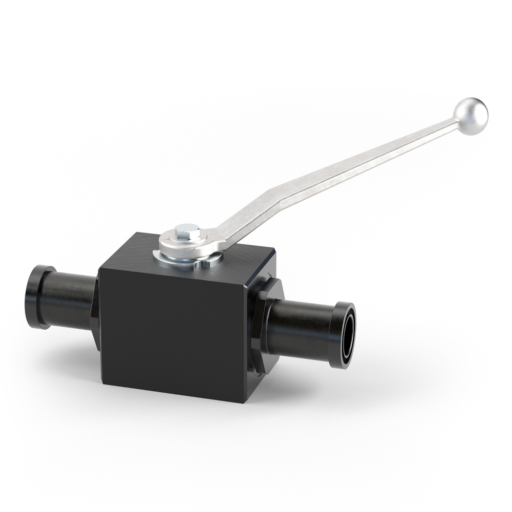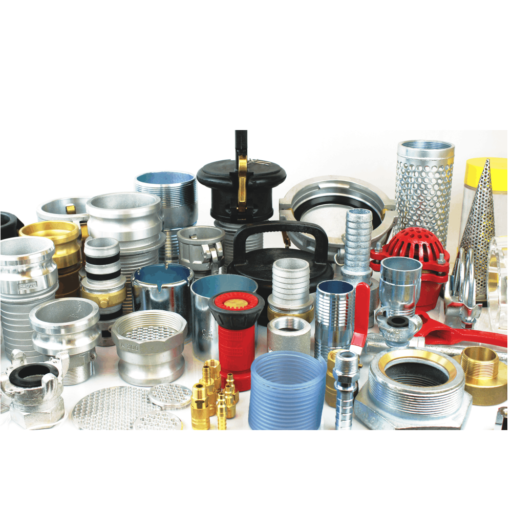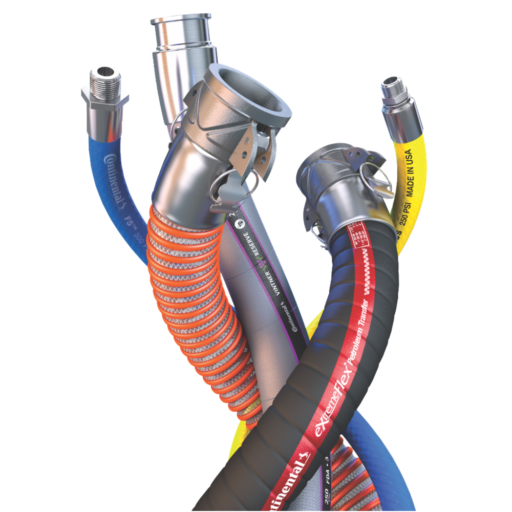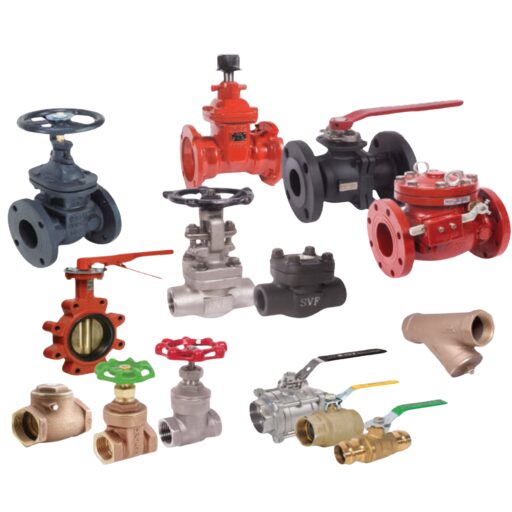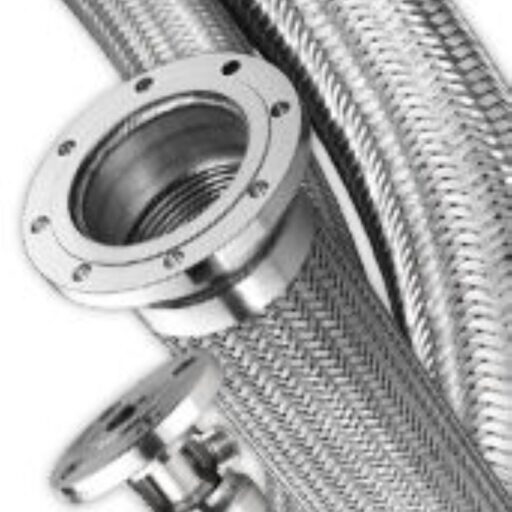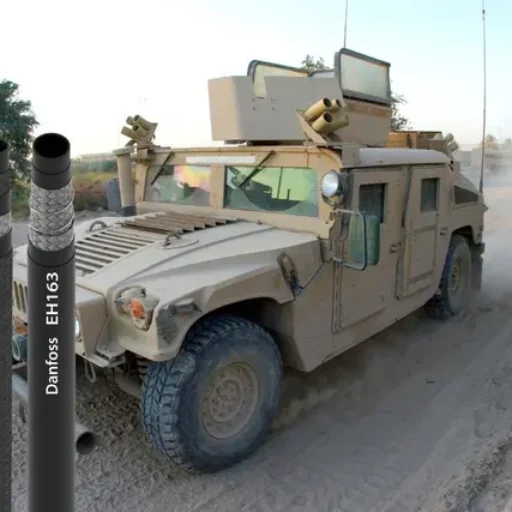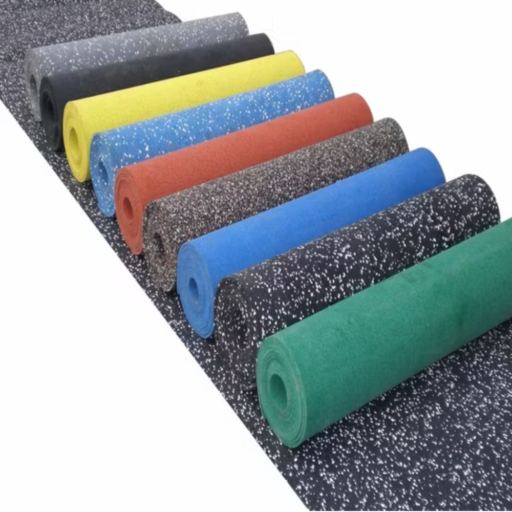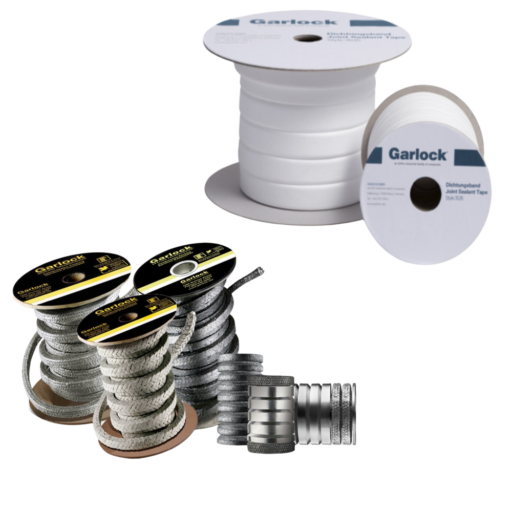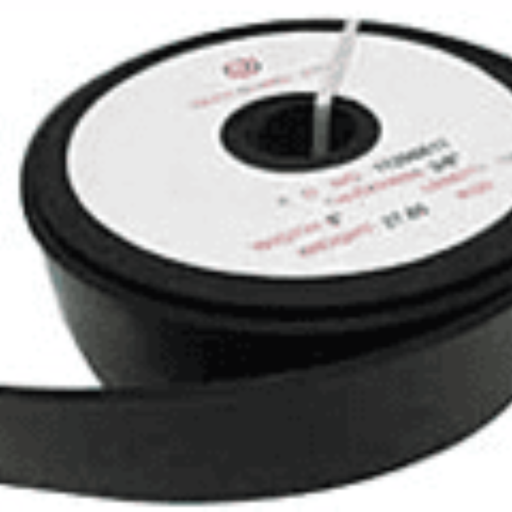Choosing the right chemical-resistant hose is essential for safety, efficiency, and durability in industrial operations. Selecting the wrong hose can lead to chemical degradation, hose failure, and costly downtime. To ensure optimal performance and longevity, consider these key selection factors, common mistakes to avoid, and best practices for extending hose lifespan.
Key Factors in Choosing a Chemical-Resistant Hose
When selecting a hose for chemical transfer applications, ask yourself:
✔ Is the hose material compatible with the chemicals being transported?
- PTFE, rubber, stainless steel, and composite hoses each offer different levels of resistance. Always check chemical compatibility charts before selecting a hose.
✔ Can the hose withstand extreme temperatures?
- High temperatures can weaken hoses, compromise pressure ratings, and shorten lifespan. Choose a hose designed for your operating temperature range.
✔ Does the hose meet the required pressure ratings?
- Ensure the hose can handle both operating and burst pressures safely to prevent failure.
✔ Is flexibility important for your application?
- Tight bends can cause premature wear and failure. Choose a hose with the right bend radius for your setup.
✔ What about static conductivity?
- If static buildup is a concern, choose a conductive hose and ensure proper grounding to prevent static discharge risks.
✔ Does the size and length match your system?
- The wrong hose size can reduce efficiency, increase pressure drops, and create safety hazards.
Common Mistakes to Avoid
🚫 Ignoring Chemical Compatibility – Not all hoses can handle all chemicals; misuse can lead to leaks, degradation, and contamination.
🚫 Overlooking Temperature Limits – Extreme heat or cold can degrade hoses faster than expected.
🚫 Selecting the Wrong Pressure Rating – Hoses with inadequate ratings can burst under operating conditions.
🚫 Neglecting Regular Inspections – Routine maintenance detects early signs of wear and damage, preventing failures.
Best Practices for Extending Hose Lifespan
✔ Conduct Regular Inspections – Check for cracks, bulges, leaks, and signs of wear before each use.
✔ Store Hoses Properly – Keep them in a cool, dry area, away from UV rays, chemicals, and extreme temperatures.
✔ Ensure Correct Installation – Avoid excessive bending, twisting, or pulling, which can weaken the hose structure.
✔ Flush & Clean Regularly – Prevent chemical buildup and contamination by following proper cleaning protocols.
Need Expert Assistance?
Selecting the right chemical-resistant hose is crucial for workplace safety and operational efficiency. At Hampton Rubber, we provide expert guidance and high-quality industrial hose solutions for your chemical transfer needs.
📞 Contact Hampton Rubber today for tailored recommendations and industry-leading chemical hose solutions!
